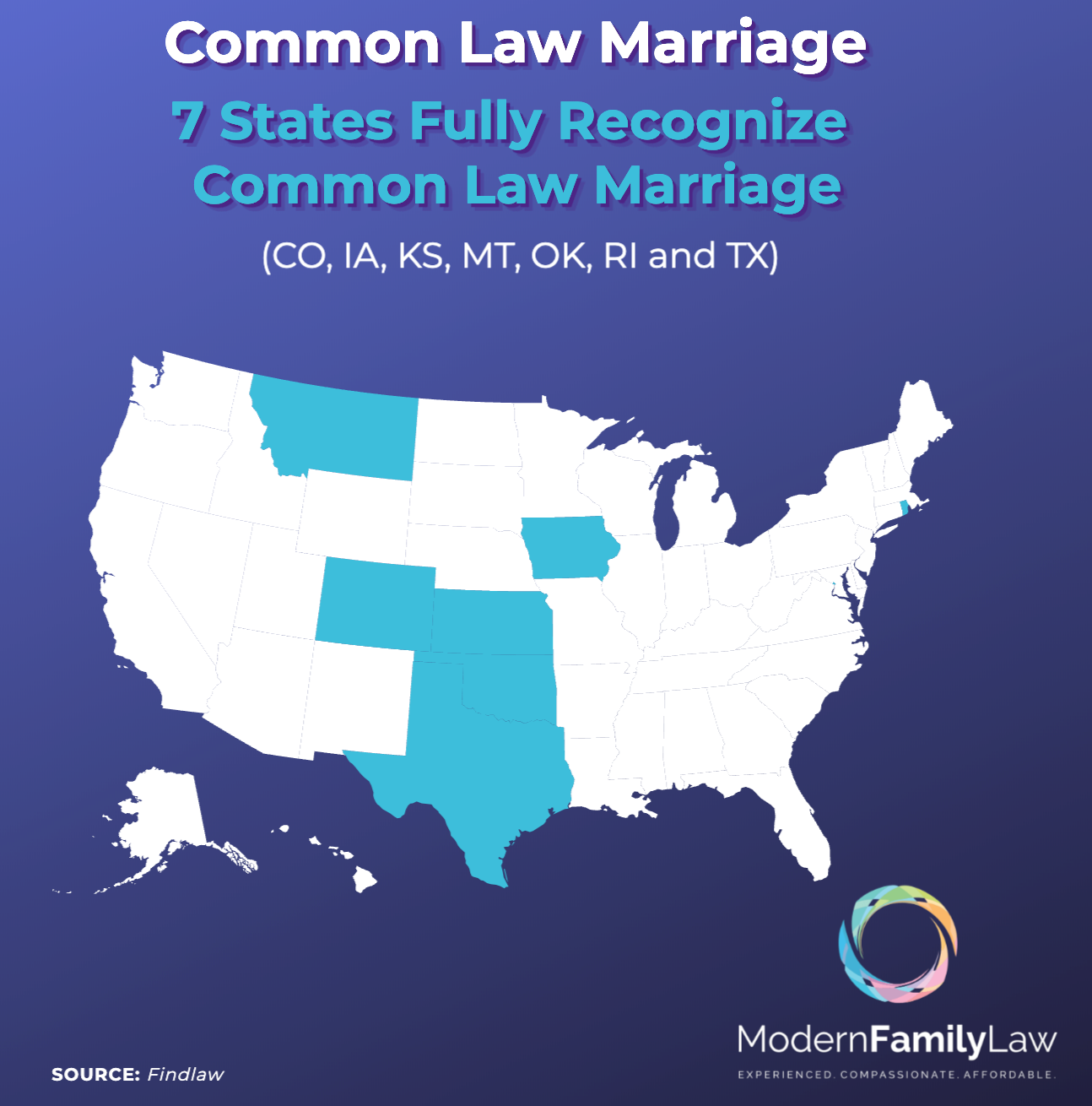Common Law Divorce: The Process
When two individuals have established a common-law marriage and decide to part ways, the process is more intricate than simply breaking up. In fact, it closely mirrors the divorce procedure of a traditional marriage. Here’s a deeper look into this process:
1. Validation Of Common Law Marriage: Before delving into the divorce process, the couple must first establish the validity of their common-law marriage in a court of law. This typically involves presenting evidence that they cohabited for a stipulated period, intended to live as a married couple, and publicly presented themselves as such.
2. Filing A Formal Petition: The divorce process kicks off with the submission of a formal petition to the court, just like in a traditional divorce. This petition outlines the reasons for the divorce and any other pertinent issues that need to be addressed, such as property division, alimony, and child custody.
3. No-Fault Divorce Option: All states in the U.S. offer a ‘no-fault’ divorce option. This means that neither party is legally required to prove that the other spouse was the reason or at fault for the dissolution of the marriage. Couples can simply state that they have “irreconcilable differences” or have been “living separately for a specified duration” depending on the state laws. Opting for a no-fault divorce often simplifies and speeds up the divorce process, reducing both costs and emotional stress.
4. Distribution Of Assets & Liabilities: Similar to traditional marriages, common-law couples accumulate assets and liabilities over time. During the divorce process, these must be distributed equitably. This might require a thorough evaluation of jointly held properties, shared debts, and other financial elements. Both parties can agree upon a division, or, if an agreement can’t be reached, the court will decide on their behalf.
5. Alimony & Child Support: Depending on the circumstances, one party might be required to pay alimony (or spousal support) to the other. If children are involved and one parent becomes the primary caregiver, the other parent might be mandated to provide child support.
6. Finalization Of The Divorce: Only after the court has reviewed and approved all aspects of the divorce (including property division, alimony, and child custody arrangements) will a judgment of divorce be granted. This judgment formally and legally ends the common-law marriage.
7. Remarriage Considerations: Post-divorce, both parties are free to enter into another relationship. However, it’s crucial to remember that any subsequent marriage (whether common-law or formal) entered into before obtaining the divorce judgment would be considered invalid. Ensuring the previous relationship has been legally terminated is imperative before pursuing a new one.






